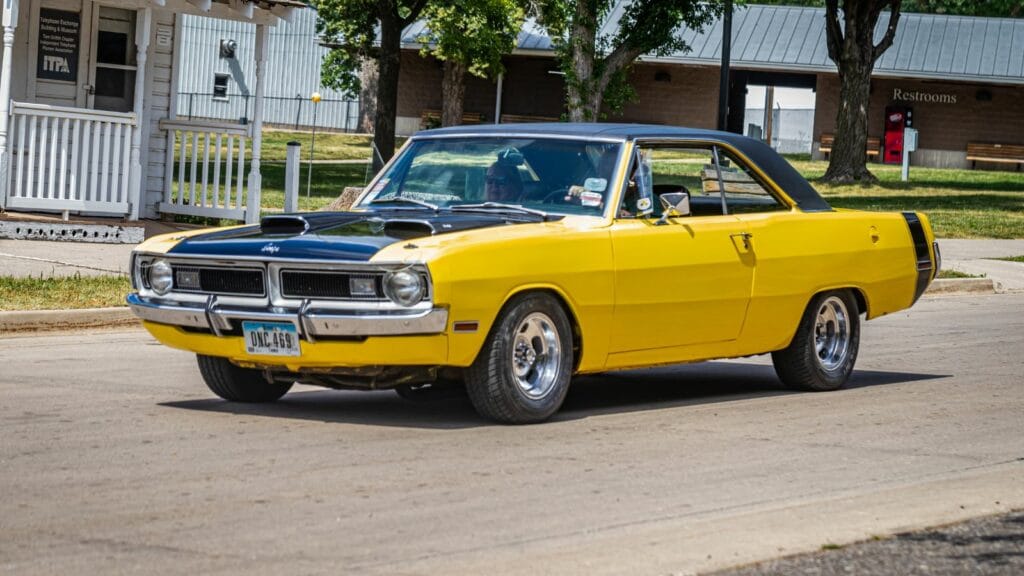Not every new car purchase leads to smiles and satisfaction. Some Canadian drivers have barely pulled out of the dealership before regret sets in, thanks to underpowered engines, unreliable transmissions, disappointing interiors, or costly repairs. From compact sedans that can’t handle winter roads to SUVs with more hype than horsepower, some models became instant buyer’s remorse. Here are 19 cars Canadians bought and instantly regretted:
Dodge Dart (2013–2016)
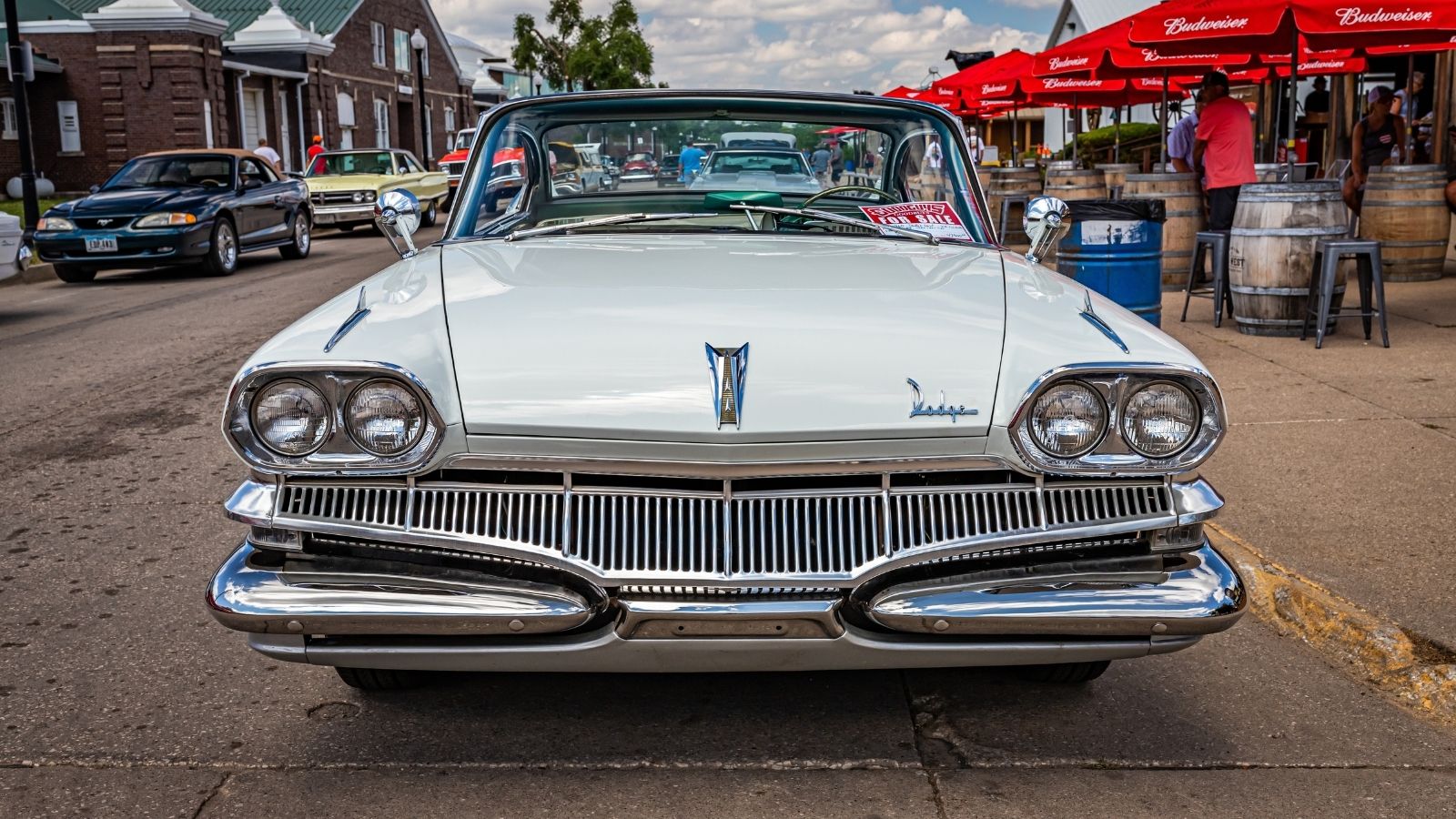
The Dodge Dart reentered the compact market with bold looks, but that’s where the excitement ended. Its 2.0L I4 engine is painfully underpowered, and the optional 1.4L turbo version adds turbo lag and constant maintenance. Canadians quickly discovered that its 6-speed dual-clutch transmission was jerky and unpredictable, especially in winter. The interior, while modern-looking, felt cramped and cheaply made. Infotainment systems were glitchy, and road noise was excessive. Despite the Dart’s sporty appearance, its sluggish performance and mechanical headaches led many buyers to regret their decision almost immediately.
Chevrolet Spark (2013–2018)
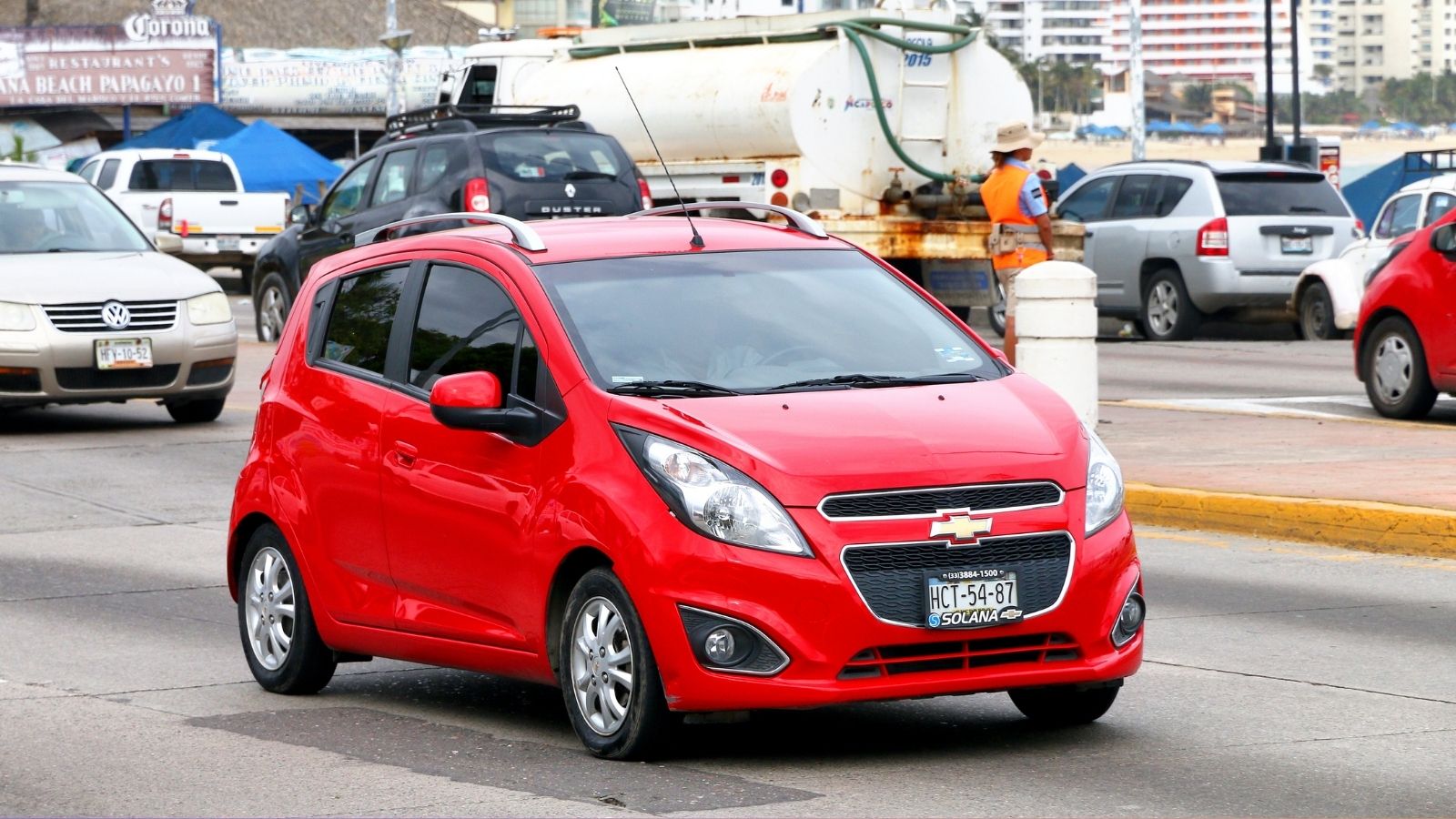
Marketed as a city car, the Chevrolet Spark quickly lost its appeal for Canadian drivers. Its tiny 1.2L I4 engine means highway merging is a gamble, and steep hills feel nearly impossible. The CVT transmission strains under pressure, and reliability drops after 100,000 km. The cabin is cramped and noisy, with low-quality materials and barebones tech. In cold weather, battery and ignition problems are frequent. What started as an affordable, urban solution often turned into a roadside headache, and many Canadians quickly learned that saving on the sticker price doesn’t always pay off.
Mitsubishi Mirage (2014–present)
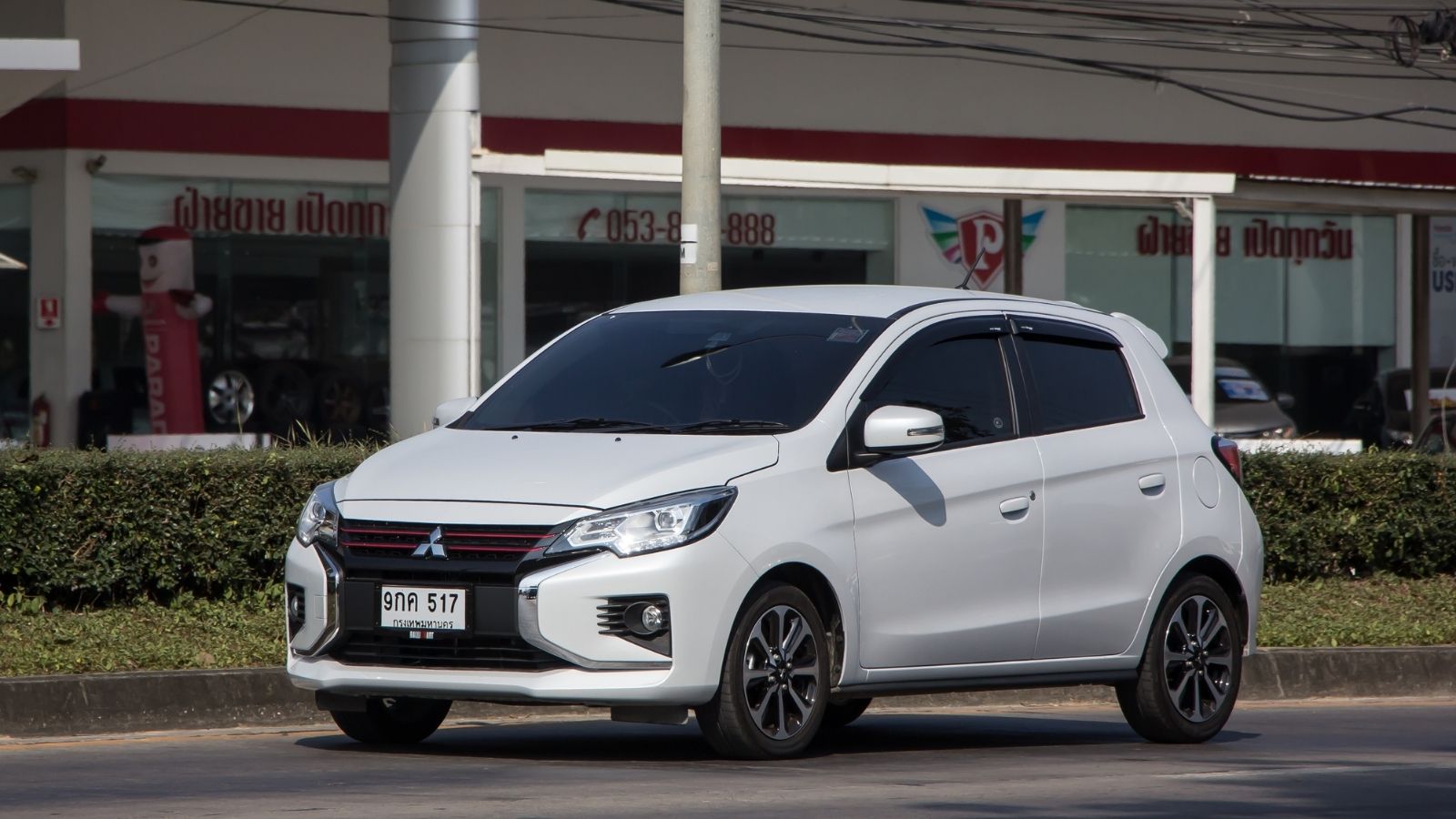
The Mirage seemed like a no-brainer for budget-conscious Canadians, but buyers soon discovered why it was so cheap. The 1.2L 3-cylinder engine is among the weakest on the market, as acceleration is slow, and merging feels dangerous. Its CVT drone is loud and irritating, particularly on long drives. The interior is bare, with uncomfortable seats and minimal insulation. Its lack of stability and poor handling make it a frustrating daily driver, even for city driving. Despite solid fuel economy, the Mirage often leaves owners wishing they had spent just a bit more for something less embarrassing.
Jeep Compass (2007–2016)

The first-generation Jeep Compass lured Canadians with its rugged name but failed to deliver on almost every front. Its 2.4L I4 engine lacked muscle, especially under load or snowy conditions. The CVT transmission was sluggish and unreliable, often requiring expensive repairs. Build quality was poor, with rattling panels, cheap plastic interiors, and water leaks being common complaints. While the high ground clearance gave hope for winter capability, the lack of true 4WD and weak traction control told a different story. Many owners quickly realized they had only bought a Jeep in name and paid a steep price.
Ford Focus (2012–2018)
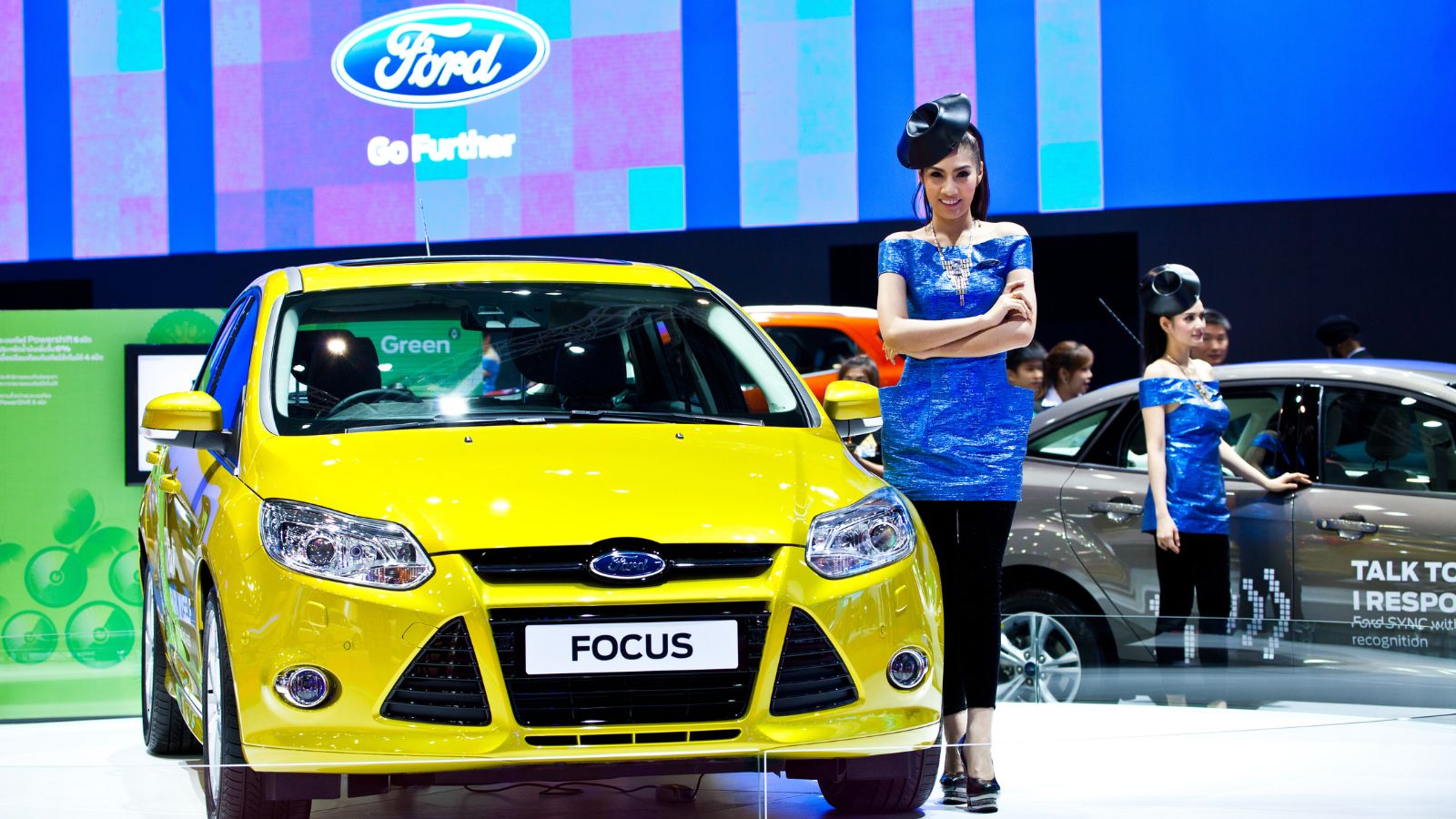
The Ford Focus had all the ingredients of a best-seller, but transmission woes blindsided Canadians who bought this generation. The 2.0L I4 engine was decent on paper, but the PowerShift dual-clutch transmission became notorious for hesitation, shuddering, and repeated failures. Cold-weather performance only made things worse, with gear hunting and startup issues. The interior was modern but tight, with hard seats and a cluttered center console. Despite decent fuel economy and sleek styling, mechanical issues were too consistent to ignore, and many drivers could not trade in their Focus fast enough.
Nissan Sentra (2013–2019)

The Sentra’s redesign brought more cabin space and better fuel economy, but Canadians quickly soured on its anemic 1.8L I4 engine and lifeless driving dynamics. The CVT was a central weak point, with many owners reporting whining, jerking, and total failure before 100,000 km. Despite decent front-seat comfort, the interior was uninspiring and felt dated soon after purchase. Cold weather revealed poor defrosting and sluggish throttle response. Buyers looking for an affordable commuter stuck with a joyless, problem-prone ride, and many regretted not spending more for a more capable competitor.
Chevrolet Trax (2013–2022)
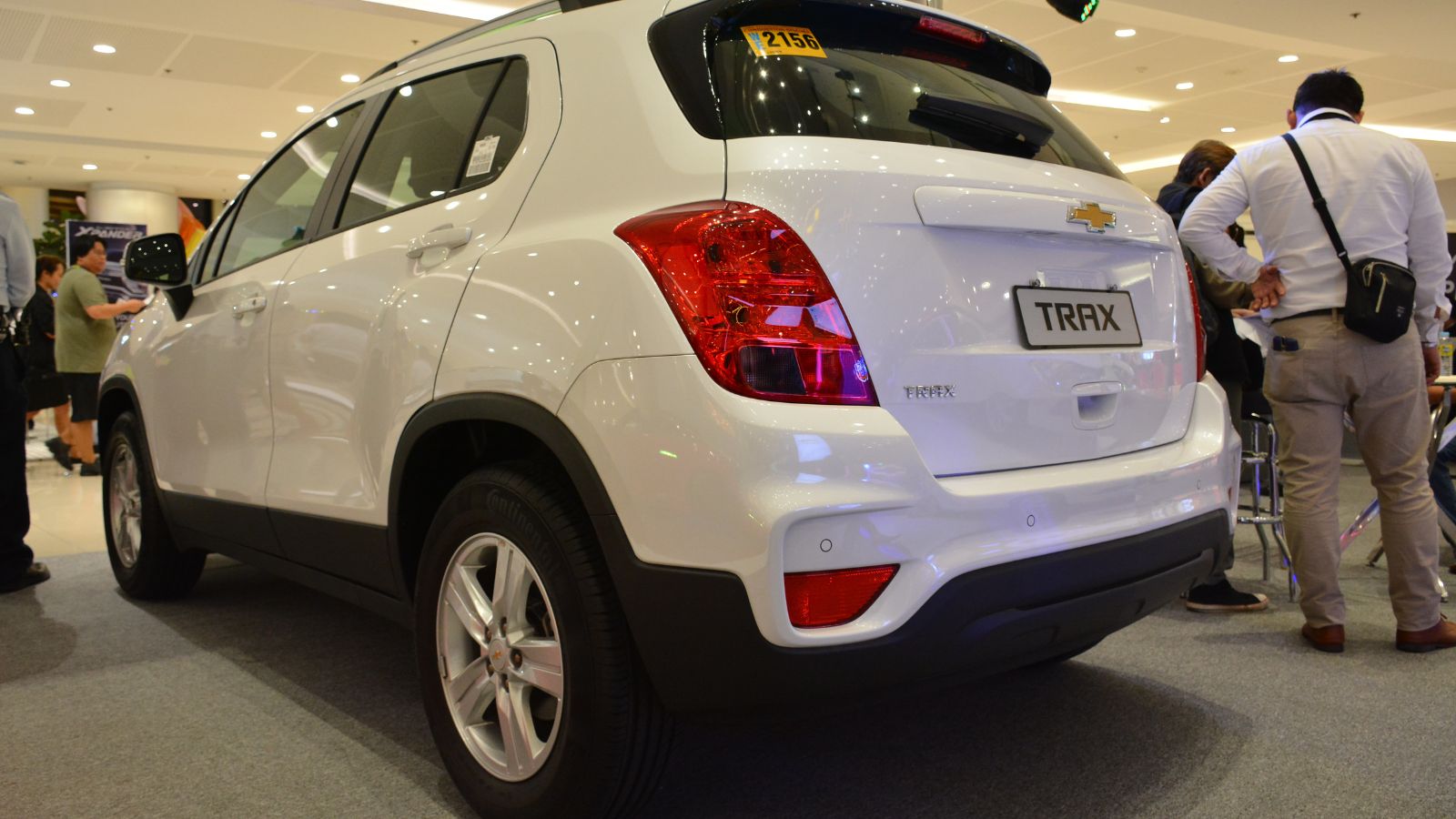
On the surface, the Chevy Trax looked like an ideal urban SUV. It was compact, affordable, and available with AWD. But the 1.4L turbocharged I4 proved underwhelming, especially when climbing hills or carrying passengers. The six-speed automatic often struggled to find the right gear, and its sluggish response became a pain in snowy or icy conditions. While offering good visibility, the cabin was filled with hard plastics and outdated tech. Wind noise and rattles were common after just a few winters. What seemed like a smart subcompact crossover quickly became a regretful compromise for many Canadians.
Chrysler 200 (2015–2017)
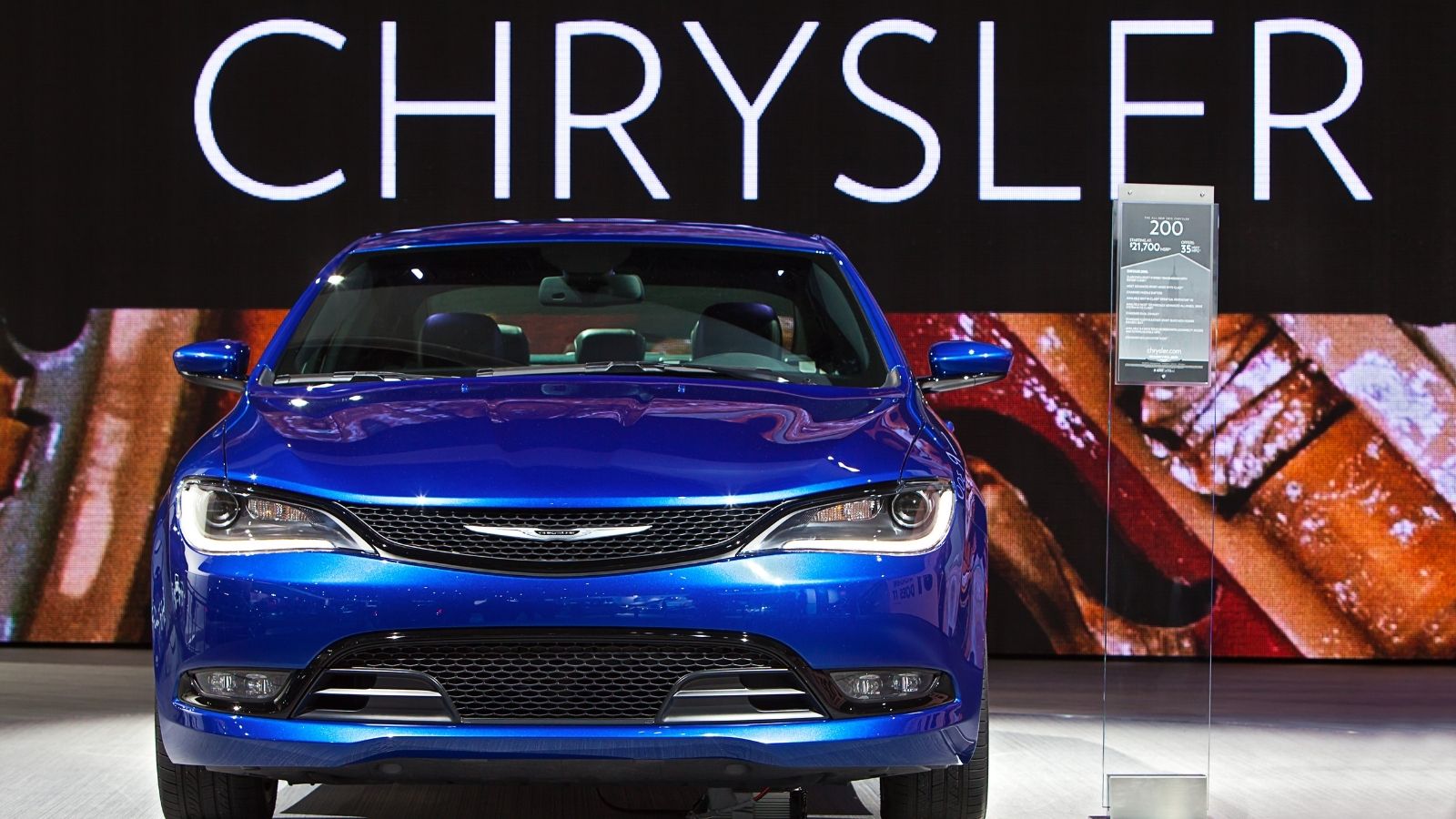
The Chrysler 200 was redesigned with sleek styling and upscale intent, but Canadians soon found the beauty was only skin-deep. The base 2.4L I4 was sluggish, and the 9-speed automatic transmission was rough, unpredictable, and prone to failure. The interior felt cramped despite its midsize classification, and the sloping roofline sacrificed rear headroom. In colder climates, the transmission’s hesitation became dangerous on slippery roads. Reliability was a recurring issue, and resale values tanked fast. Many Canadians who wanted a luxury-lite experience wound up with a maintenance-heavy mistake.
Hyundai Accent (2012–2017)
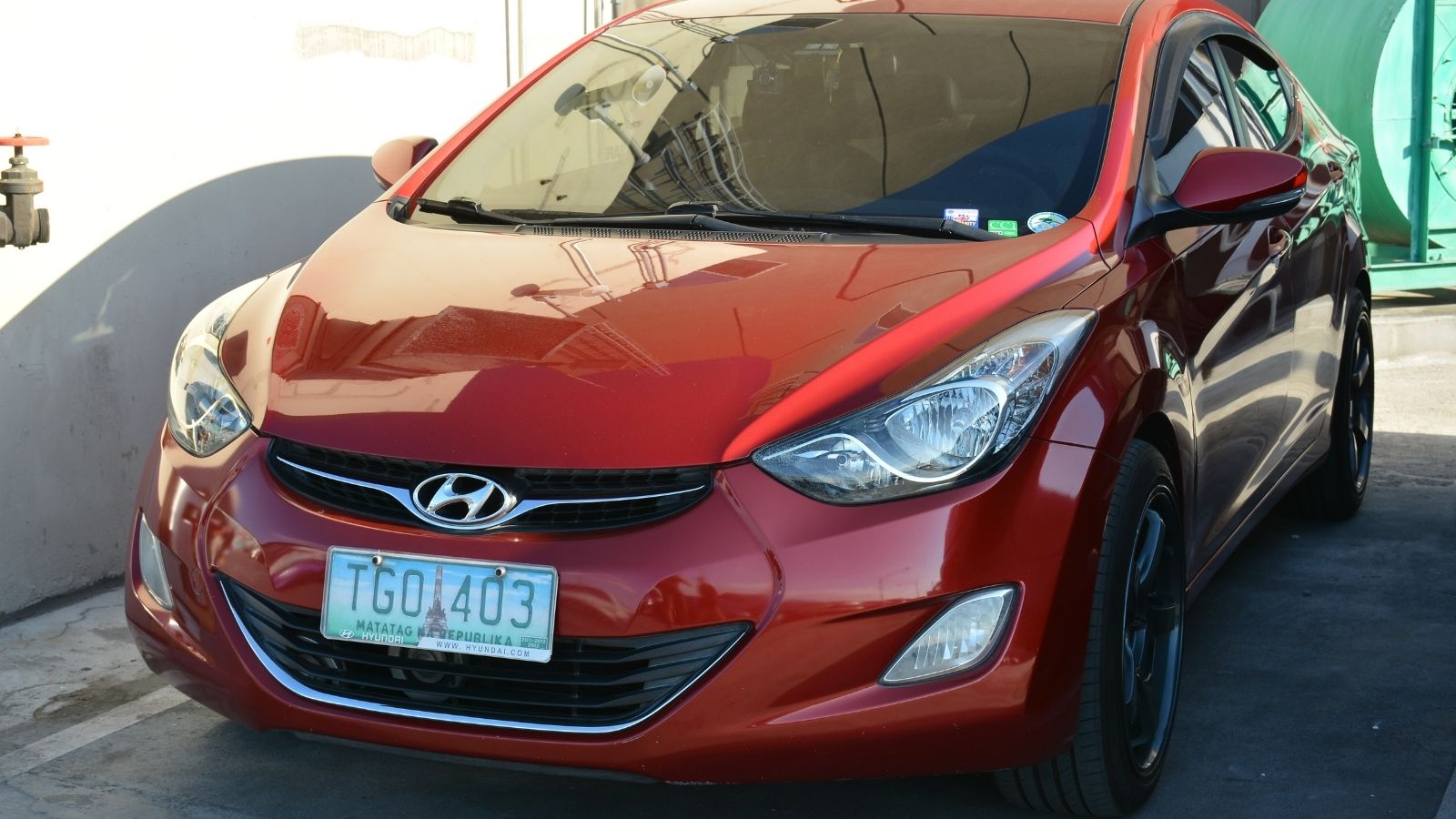
The Hyundai Accent sold well due to its price and warranty, but it didn’t hold up under real-world Canadian use. Its 1.6L I4 engine was just enough for city driving but struggled on hills and highways, especially in winter. The ride quality felt choppy over rough roads, and insulation was minimal, leading to loud, drafty cabins during cold months. Interior materials wore quickly, and early models had unreliable electronics. Though it was initially praised for value, many Canadian owners ended up spending more on repairs and replacements than they expected, turning a budget buy into a burden.
Dodge Journey (2009–2020)
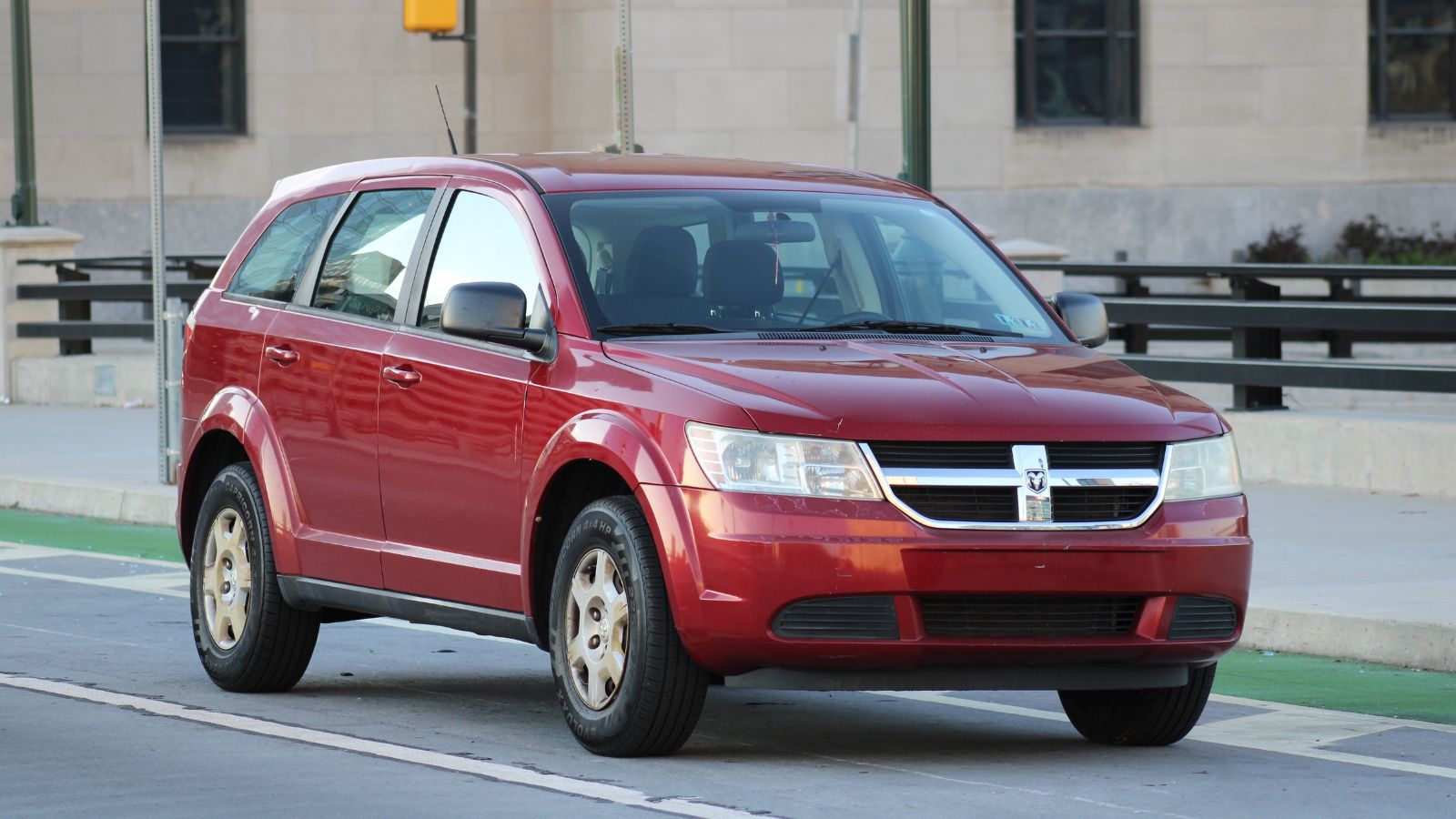
The Dodge Journey was marketed as a budget-friendly family hauler, but many Canadians quickly discovered its flaws ran deep. The base 2.4L I4 felt gutless, especially when loaded with passengers or gear. The six-speed automatic was clunky, and handling felt more like a cargo van than a crossover. Interior tech lagged behind competitors, and the materials showed wear quickly, especially in harsh winters. Rust problems on early models were common, and AWD models were often hard to find. Families expecting a reliable, all-season SUV were disappointed and frustrated by frequent repairs and rapid depreciation.
Volkswagen Passat (2012–2015)
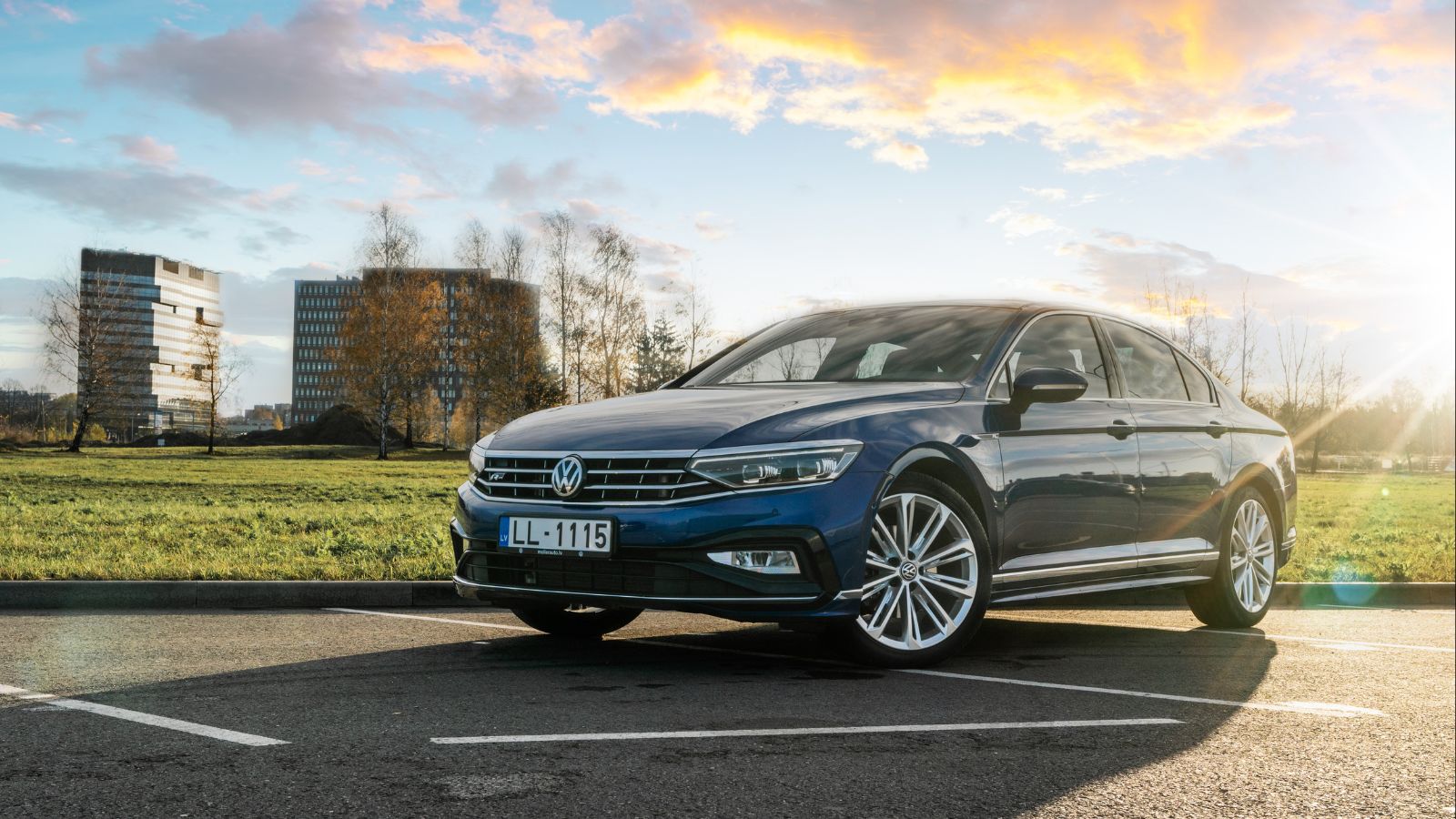
Volkswagen’s midsize sedan once held promise for Canadian drivers seeking European refinement, but many Passat buyers wound up regretting the gamble. The 1.8L turbocharged I4 delivered decent performance when it worked. However, reliability issues plagued the engine, transmission, and electronics. Cold-weather starting problems, faulty sensors, and turbo lag frustrated drivers year-round. The cabin had upscale touches, but high repair bills and expensive parts canceled the appeal.
Toyota C-HR (2018–present)
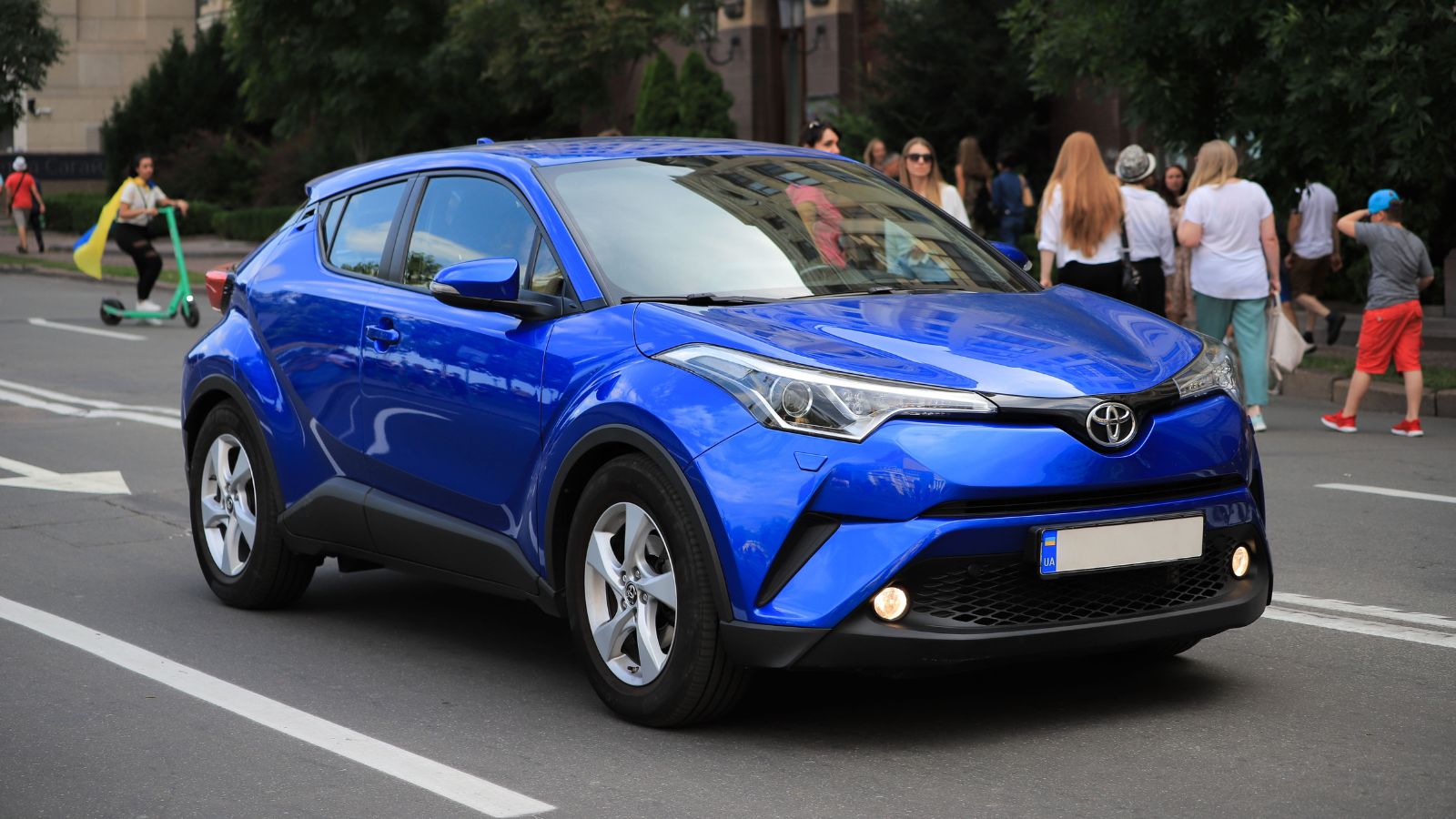
Despite Toyota’s rock-solid reputation, the C-HR left many Canadian drivers scratching their heads. Its 2.0L I4 engine paired with a CVT lacked the power needed for confident highway merging or climbing steep terrain. Even worse, Toyota didn’t offer AWD in Canada, which was an immediate red flag in a winter-prone country. The quirky styling wasn’t enough to distract from the tight interior space, mediocre cargo room, and sluggish acceleration. While reliable overall, the C-HR didn’t deliver on practicality or performance, and many buyers traded it in early in search of something more capable for Canadian conditions.
Fiat 500L (2014–2020)
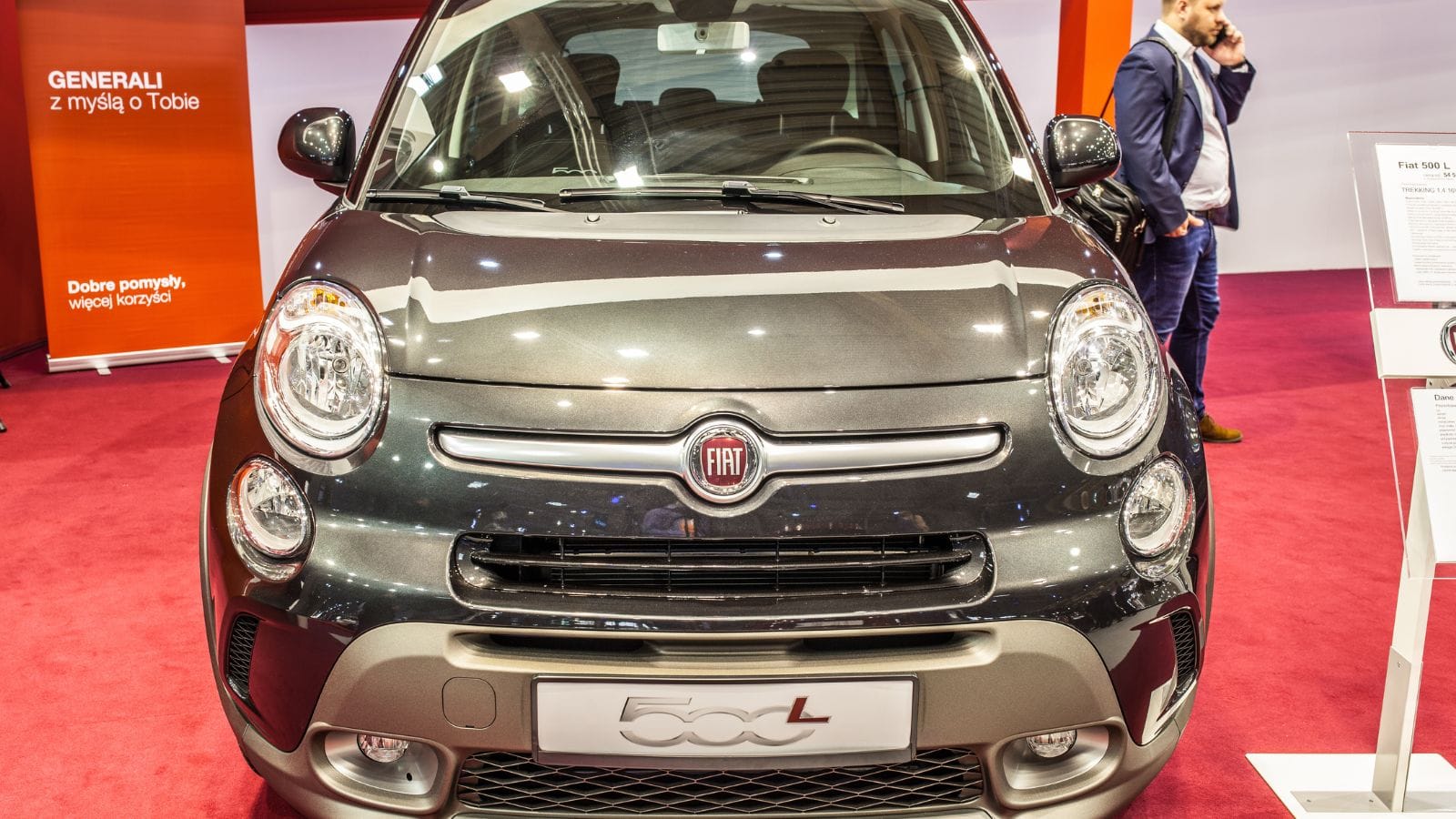
The Fiat 500L promised European charm and practicality, but it quickly turned into a cold-weather nightmare for Canadians. The 1.4L turbocharged I4 struggled with the car’s heft, and the dual-clutch automatic transmission was notoriously jerky and unreliable, especially in stop-and-go traffic. Interior visibility was good, but cheap plastics and an awkward layout were disappointing. Mechanical problems surfaced early, from electrical glitches to drivetrain issues. Owners in colder provinces reported hard starts and heating system failures.
Mazda CX-3 (2016–2021)
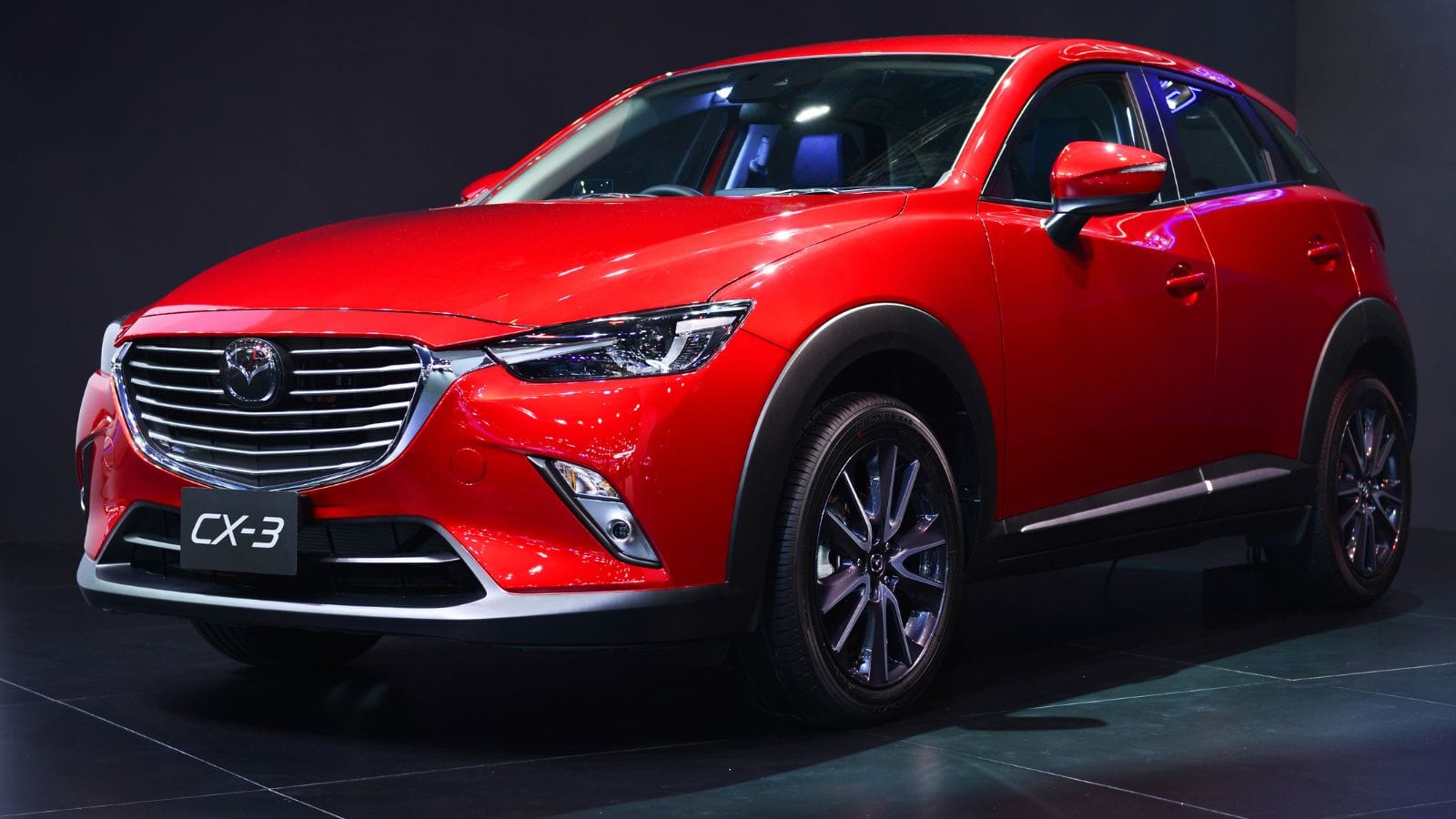
While sporty and well-styled, the Mazda CX-3 left many Canadians underwhelmed after the honeymoon phase. The 2.0L I4 engine was zippy around town, but it felt overworked on highways or with winter tires. The tight back seat and limited cargo space made it a poor fit for families. Road noise was especially noticeable on snow tires, and the cabin lacked insulation against cold winds. While Mazda’s handling is sharp, the CX-3 sacrifices too much practicality and comfort. For drivers expecting a well-rounded small SUV, this one often didn’t meet real-life needs, especially in Canadian climates.
Subaru Ascent (2019–present)
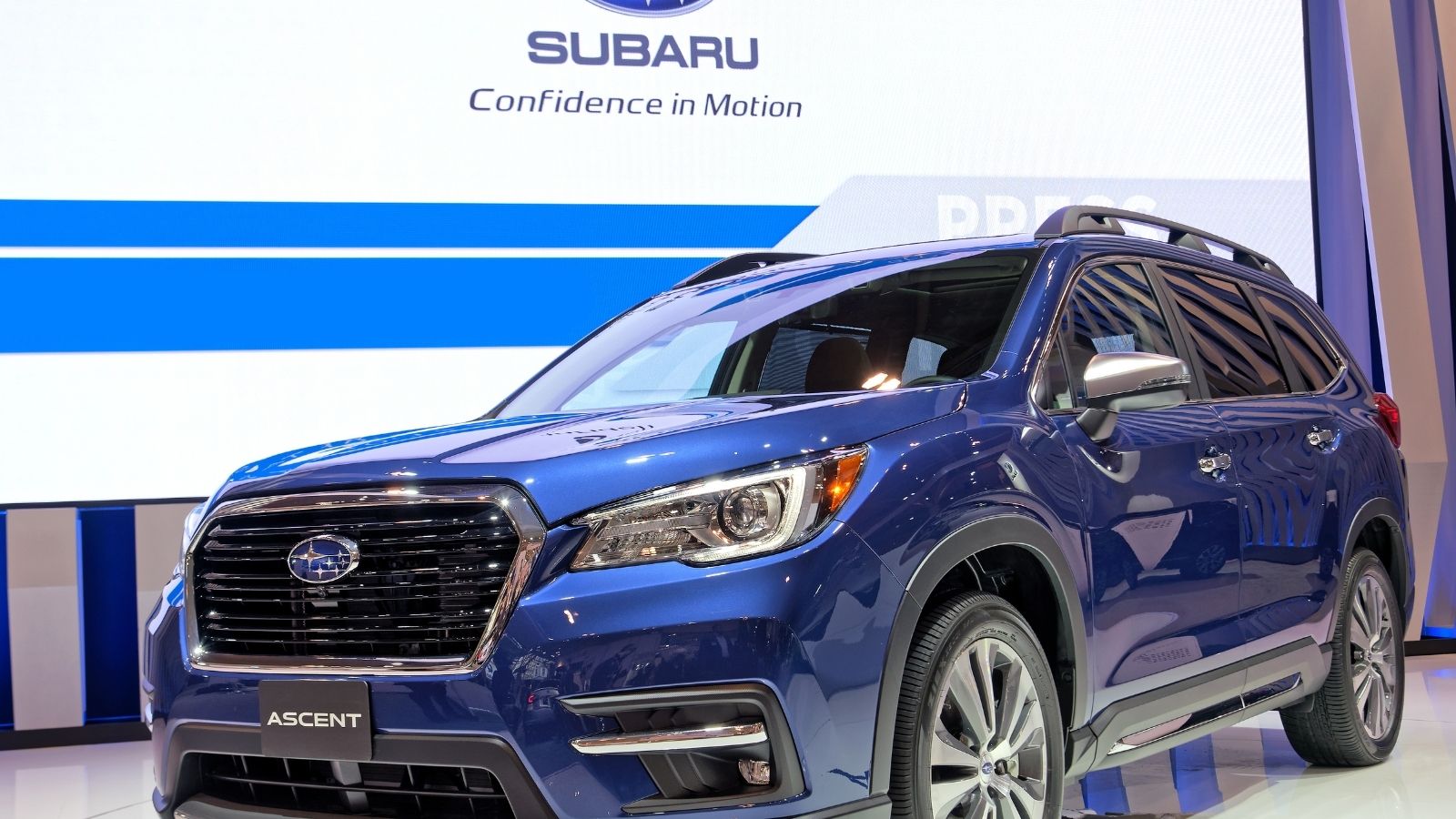
Subaru’s first real entry into the three-row SUV market had high hopes, but the Ascent has left some Canadian buyers feeling burned. Powered by a 2.4L turbocharged flat-four, it delivered decent power, but reliability issues, especially with the CVT, drew early complaints. The infotainment system was glitchy, and some drivers reported leaky sunroofs and faulty climate control systems, which are major red flags in colder provinces. Despite AWD being standard, owners expected more durability and refinement.
Mini Cooper Countryman (2011–2016)
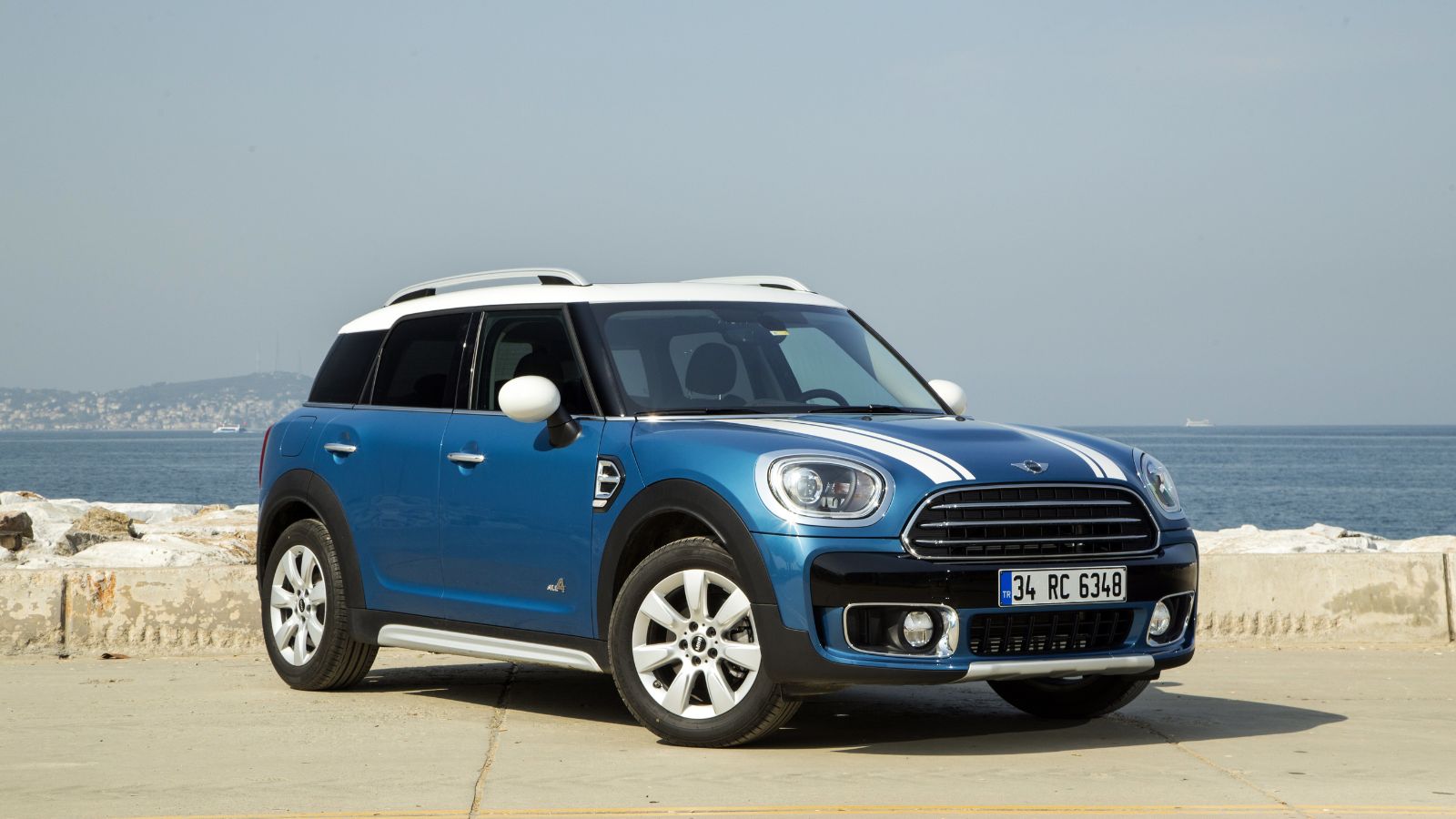
The Countryman may have looked like a quirky crossover for city life, but many Canadian drivers found out it wasn’t built for rugged northern reliability the hard way. With a 1.6L turbocharged engine, the performance was peppy but short-lived. Engine issues, timing chain failures, and expensive repair bills piled up. The tight interior space felt cramped in winter coats, and electronics often misbehaved in subzero temperatures. AWD was optional but insufficient to compensate for the steep maintenance costs. Many traded it early, citing it as more a headache than a charm.
Ford Focus (2012–2018)
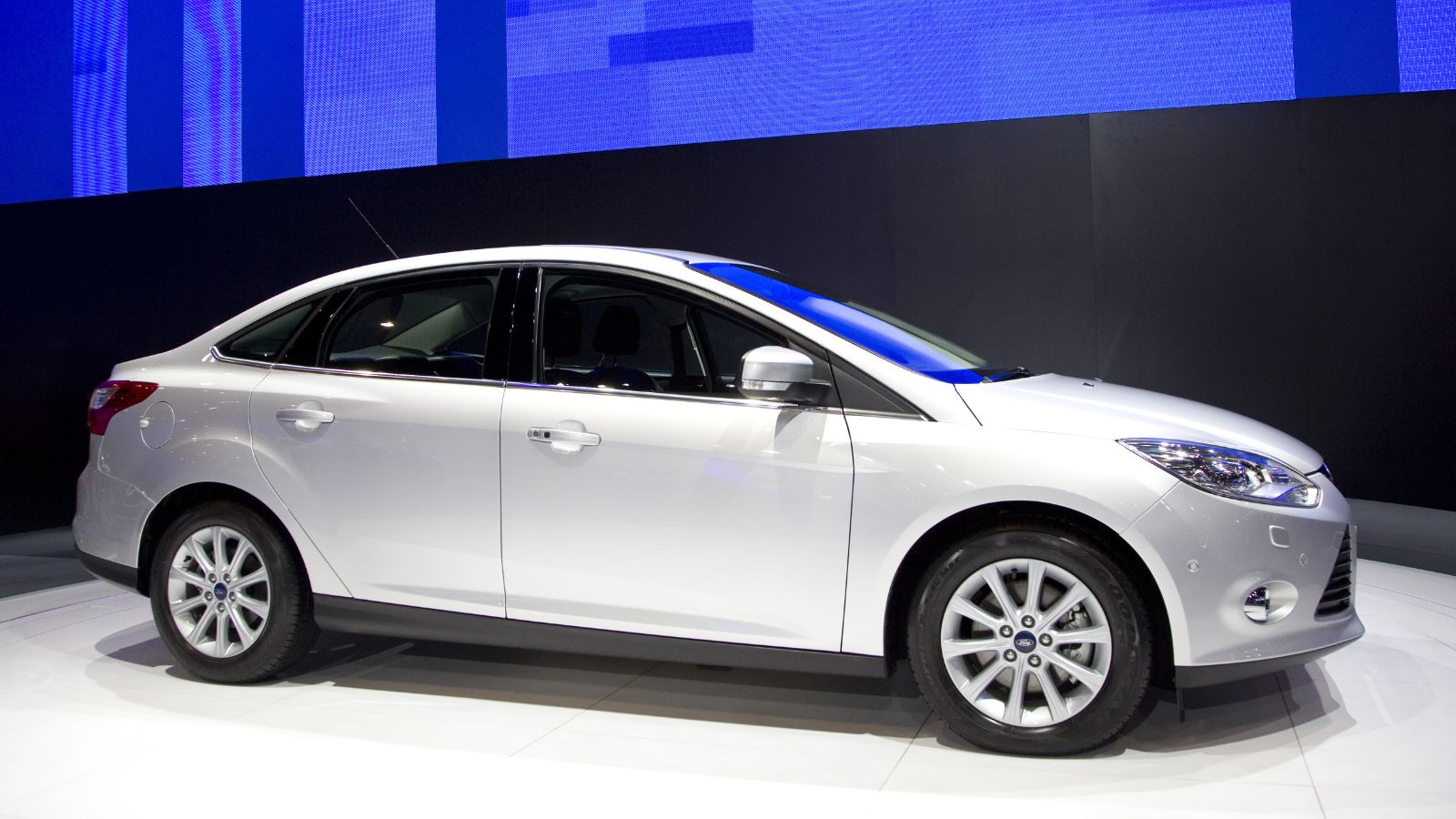
Plagued by one of the most infamous transmission debacles, the Ford Focus became a car Canadians regretted in droves. The dual-clutch PowerShift automatic was jerky, unpredictable, and prone to early failure. The base 2.0L I4 was adequate, but constant shuddering and hesitation made driving unpleasant, especially in slippery winter conditions. Interior comfort and fuel economy were pluses, but they did not outweigh the stress of recalls and repair delays.
Chevrolet Spark (2013–present)

Billed as an affordable city car, the Chevy Spark was a solid choice until Canadian winters exposed its weaknesses. With a modest 1.4L I4 engine, it was underpowered on hills and highways, especially when loaded. The cabin was cramped, noisy, and lacked absolute climate control in subfreezing weather. Owners frequently complained of poor build quality, early rust issues, and subpar crash test ratings. While it’s cheap to buy, long-term regrets came from its lack of durability, weak resale value, and minimal confidence when conditions turned icy.
Jeep Cherokee (2014–2020)
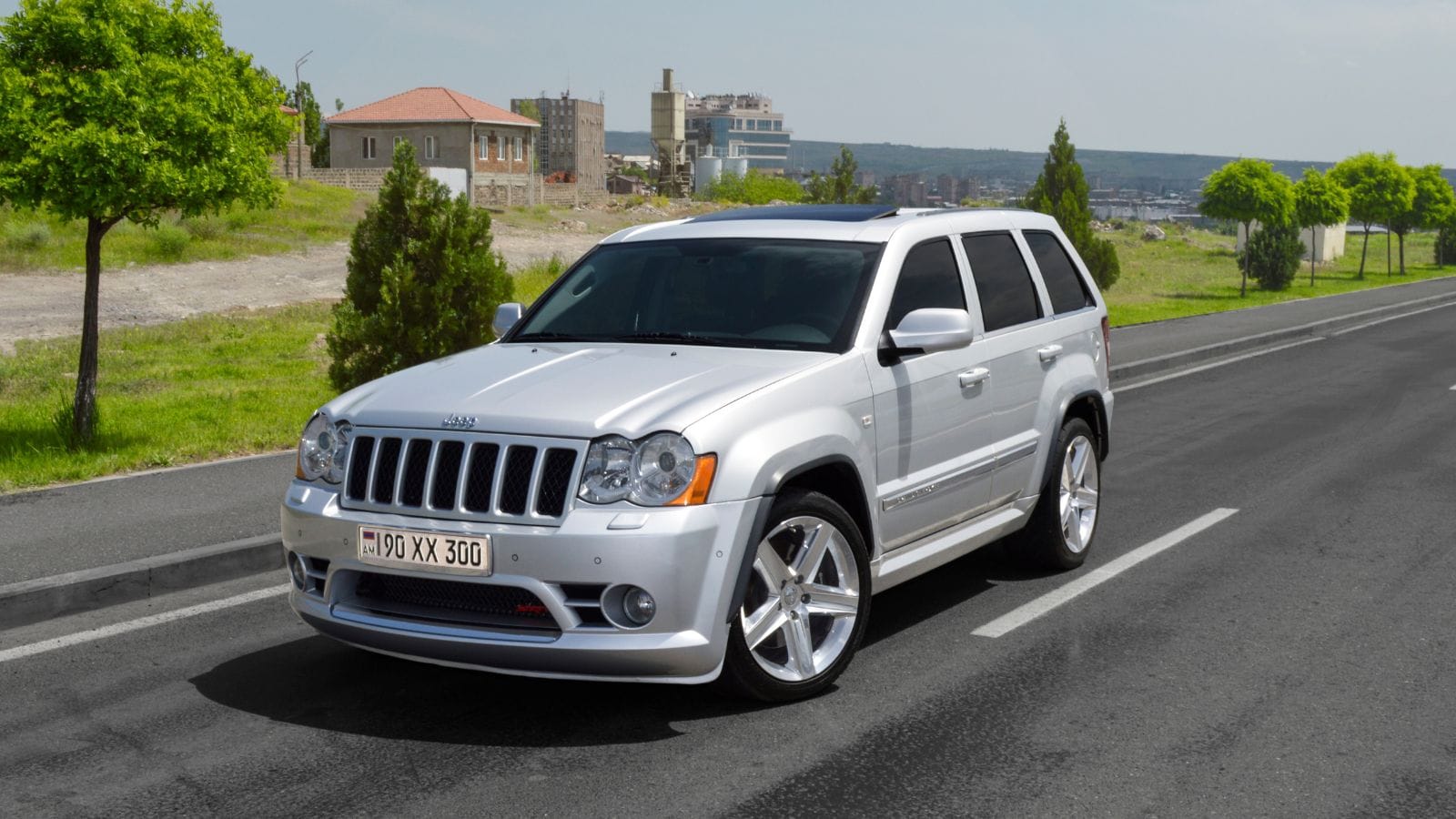
Canadians had high hopes for the Jeep Cherokee’s rugged promise, but real-world experience did not consistently deliver. The 2.4L Tigershark I4 struggled with the Cherokee’s weight, while the optional 3.2L V6 improved power but not reliability. Transmission problems were rampant, especially with the early ZF 9-speed automatic. Interior space and comfort were strong, and its 4WD system could handle snow, but breakdowns and software glitches became common. What should’ve been a winter-ready SUV turned into a vehicle many Canadians were eager to get rid of once problems started piling up.
25 Facts About Car Loans That Most Drivers Don’t Realize

Car loans are one of the most common ways people fund car purchases. Like any other kind of loan, car loans can have certain features that can be regarded as an advantage or a disadvantage to the borrower. Understanding all essential facts about car loans and how they work to ensure that you get the best deal for your financial situation is essential. Here are 25 shocking facts about car loans that most drivers don’t realize:
25 Facts About Car Loans That Most Drivers Don’t Realize
